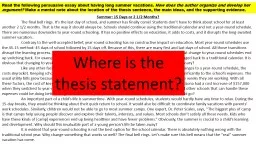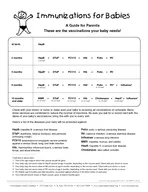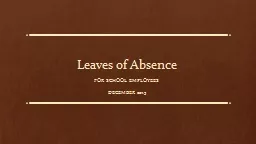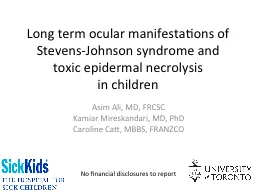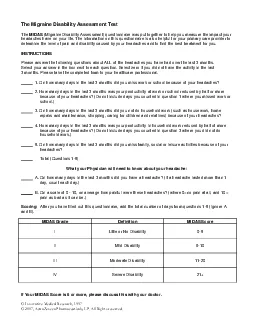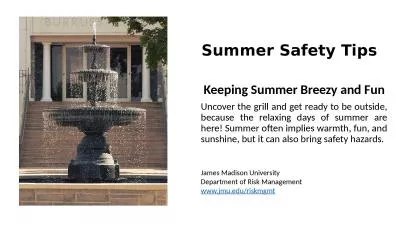PPT-Summer: 15 Days or 2 1/2 Months?
Author : lindy-dunigan | Published Date : 2016-05-25
The final bell rings Its the last day of school and summer has finally come Students dont have to think about school for at least another 2 12 months That is the
Presentation Embed Code
Download Presentation
Download Presentation The PPT/PDF document "Summer: 15 Days or 2 1/2 Months?" is the property of its rightful owner. Permission is granted to download and print the materials on this website for personal, non-commercial use only, and to display it on your personal computer provided you do not modify the materials and that you retain all copyright notices contained in the materials. By downloading content from our website, you accept the terms of this agreement.
Summer: 15 Days or 2 1/2 Months?: Transcript
Download Rules Of Document
"Summer: 15 Days or 2 1/2 Months?"The content belongs to its owner. You may download and print it for personal use, without modification, and keep all copyright notices. By downloading, you agree to these terms.
Related Documents

